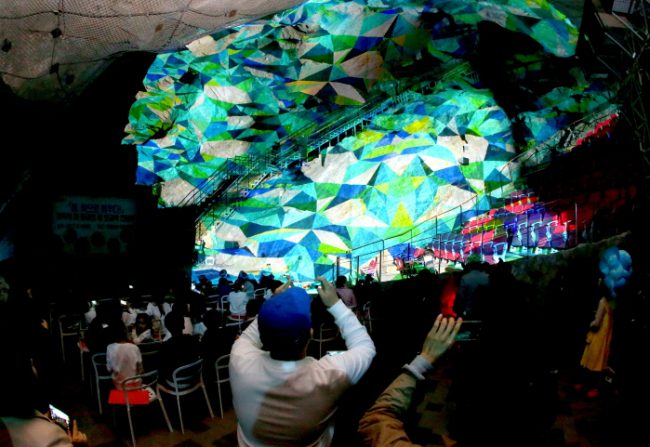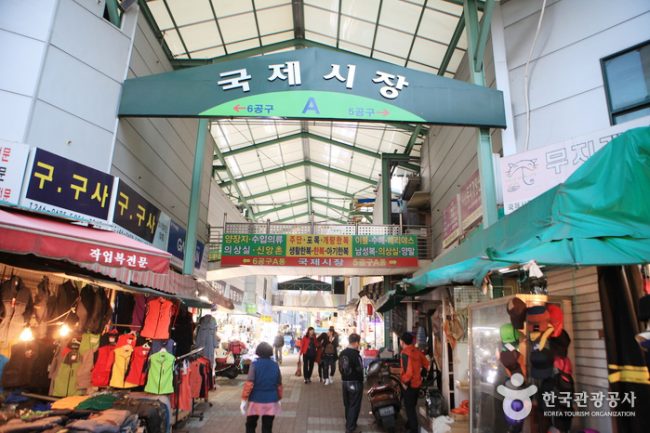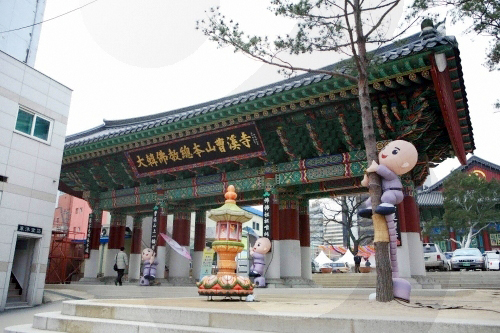Buyeo National Museum
First established in 1929, the Buyeo National Museum was reopened in August 1993 at the current location. The museum has 4 exhibition halls and an outdoor exhibit with a total of about 1,000 relics on display. The Prehistoric Hall presents representative relics from the Bronze Age and the Iron Age found in Buyeo and the nearby Chungcheongnam-do area…










